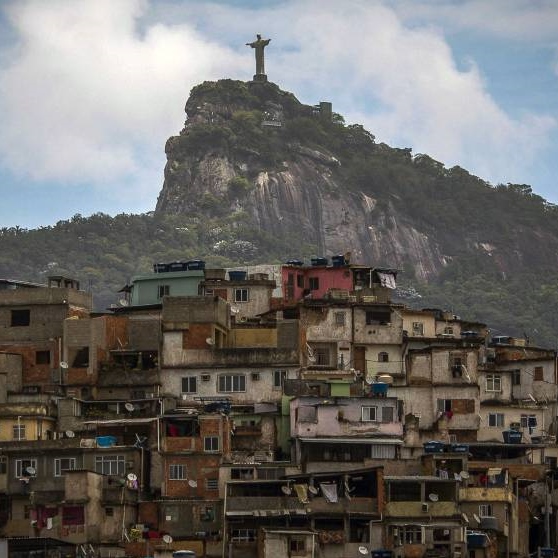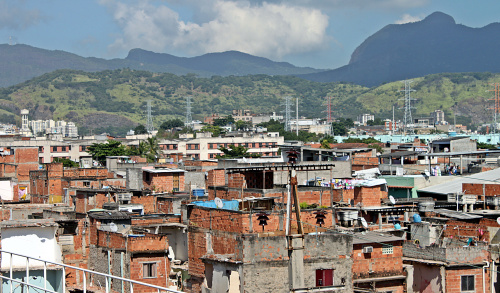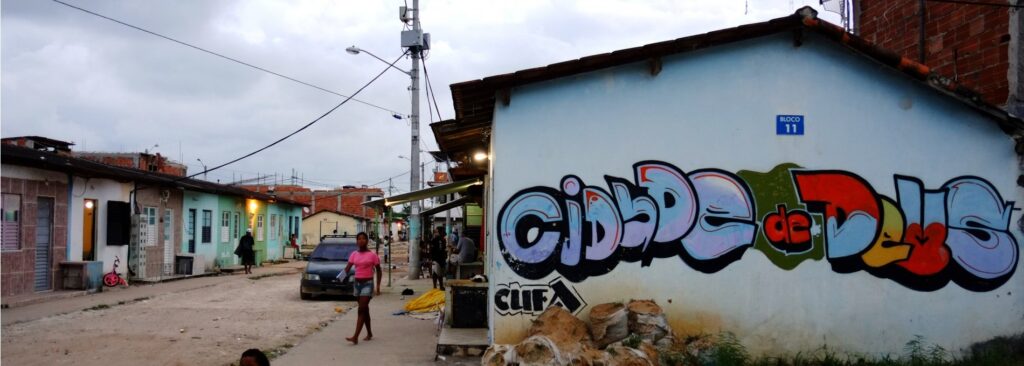Favelas of Rio de Janeiro: Reality, Risks, and Recommendations 2025

Rio de Janeiro is a city full of contrasts, where the beauty of its beaches and mountains coexists closely with the reality of the favelas. These housing complexes, often seen only through the lens of violence, are also vibrant centers of culture and resistance. In this text, we will explore some of the largest and most dangerous favelas of Rio de Janeiro, their characteristics, homicide rates and the precautions that tourists should take when visiting them.
1. Complexo do Alemão favela of Rio de Janeiro

A Community in Transformation
Complexo do Alemão is one of the largest favela complexes in Rio, consisting of various interconnected communities. Although it has become famous for its resilience and fight for improvements, violence remains a recurring issue. The homicide rate in this area is historically high, exceeding 50 homicides per 100,000 inhabitants during periods of tension.
HDI and Development
The Human Development Index (HDI) for Complexo do Alemão is about 0.55, reflecting challenges in education, health, and income. Despite this, several community initiatives have been implemented to improve the quality of life for residents.
Tourist Precautions
For those wishing to explore Complexo do Alemão, it is essential to follow some recommendations:
- Accompanied Visits: Always choose guided tours that are respectful of the community.
- Avoid Conflicts: Stay alert to the local climate and avoid areas of tension.
- Don’t Display Valuables: Avoid flaunting valuable items like cameras and jewelry.
2. Rocinha

The Heart of the Favela
Rocinha is the largest favela in Brazil and one of the most iconic in the world. With an estimated population of around 70,000 residents, the community is known for its vibrant life and strong community organization. The homicide rate here varies between 20 and 30 per 100,000 inhabitants, reflecting periods of calm and conflict.
HDI and Social Reality
With an HDI of approximately 0.70, Rocinha presents a scenario of inequality, where some areas have better access to basic services than others. Social projects have been crucial for improving life in the favela.
Visit Tips
If you wish to explore Rocinha, consider:
- Daytime Visits: Make your visits during the day when activity is higher and the atmosphere is safer.
- Local Accompaniment: Always hire local guides who know the area well.
- Respect the Residents: Always show respect for the inhabitants and their traditions.
3. Manguinhos

Challenges and Overcoming
Manguinhos is a community marked by the struggle against violence and poverty. With a homicide rate around 35 per 100,000 inhabitants, the favela has faced ups and downs throughout its history. Community security initiatives have been essential for improving the situation.
HDI and Access to Services
The HDI of Manguinhos is about 0.55, highlighting the challenges faced by the population in education and health.
Safety Tips
For those wanting to know Manguinhos, it is essential to:
- Avoid Solo Adventures: Never visit the favela without a guide or local resident.
- Follow Guidance: Always pay attention to the advice of those who know the community.
4. Cidade de Deus

A History of Struggle
Famous for the film of the same name, Cidade de Deus is one of the most well-known favelas in the world. With a homicide rate that can reach 40 per 100,000 inhabitants, violence is a constant concern, especially during conflicts between factions.
HDI and Opportunities
The HDI of Cidade de Deus is around 0.60, reflecting a community seeking opportunities despite social challenges.
Visit Recommendations
If Cidade de Deus is on your list, consider:
- Organized Tours: Always choose companies that collaborate with the local community.
- Pay Attention to Safety: Always stay alert to the community’s climate.
5. Pavuna

A Complex Reality
Pavuna is another favela facing high levels of violence, with rates ranging from 30 to 40 homicides per 100,000 inhabitants. The area is marked by conflicts and frequent police operations, which can create an unstable environment.
HDI and Challenges
The HDI of Pavuna is about 0.52, showing the difficulties faced by the population in various areas.
Necessary Precautions
When visiting Pavuna, remember to:
- Stay in Busy Areas: Always remain in locations with higher foot traffic.
- Use Safe Transport: Always use reliable transportation and avoid dangerous areas.
Final Considerations: Opportunities and Challenges
Visiting the favelas of Rio de Janeiro is an enriching experience but should be done with responsibility and respect. These communities are filled with stories of struggle and resilience, and getting to know their daily lives can provide a deeper understanding of the Brazilian reality.
When planning your visit, always prioritize safety and respect for local cultures. The experience of exploring the favelas can be transformative for both tourists and residents, contributing to a deeper understanding of the social complexity of Rio de Janeiro.





